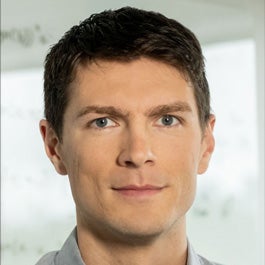This is a real world problem that we need to solve.
- Samara, 2023 camp participant
Why Carbon Capture and Storage?
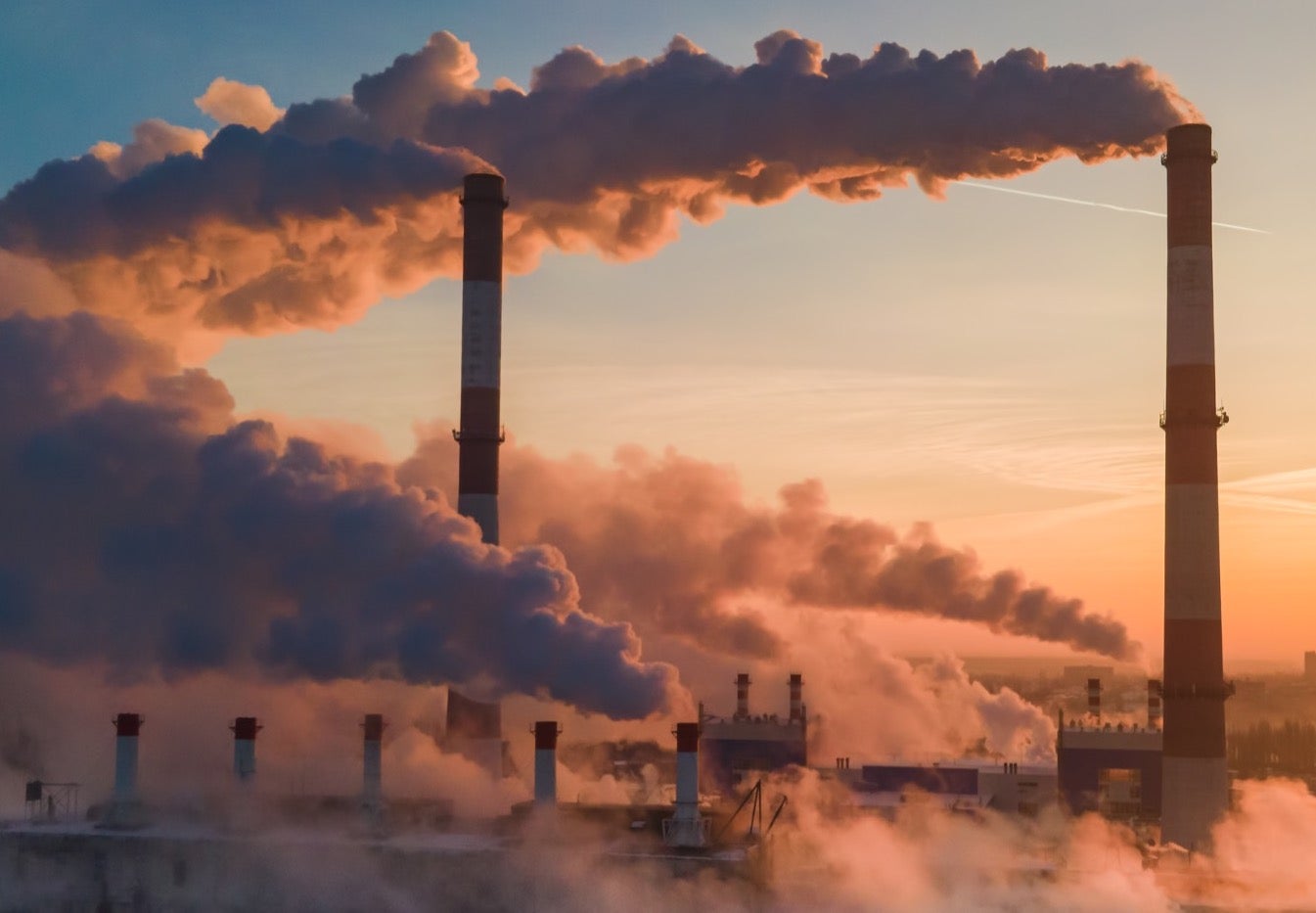
Carbon Dioxide is generated by power plants, manufacturing, and burning of fossil fuels. It is a greenhouse gas that traps heat and contributes to climate change. Instead of releasing it into the atmosphere, engineers can capture it and bury it underground in a process known as Carbon Capture and Storage (CCS). CCS is an essential tool for slowing climate change and for the future of energy.
What do students do?
In this project, students explore carbon capture and storage using safe, non-toxic household materials. Using Play-Doh, pasta, and beans, they build a model underground salt water reservoir. Students attempt to store as much vegetable oil, representing liquid carbon dioxide, as possible.
Step 1: Plan and build your reservoir
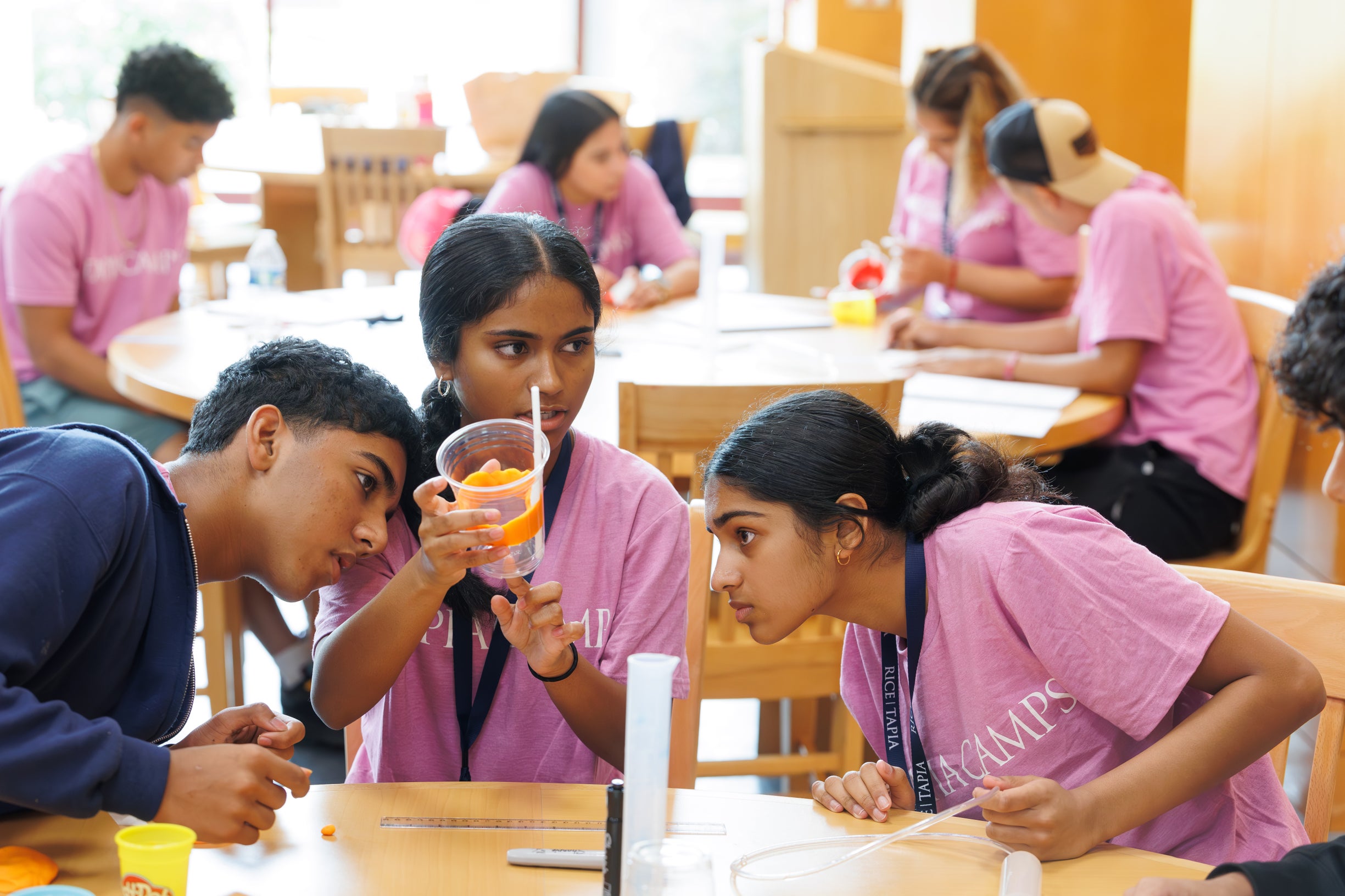
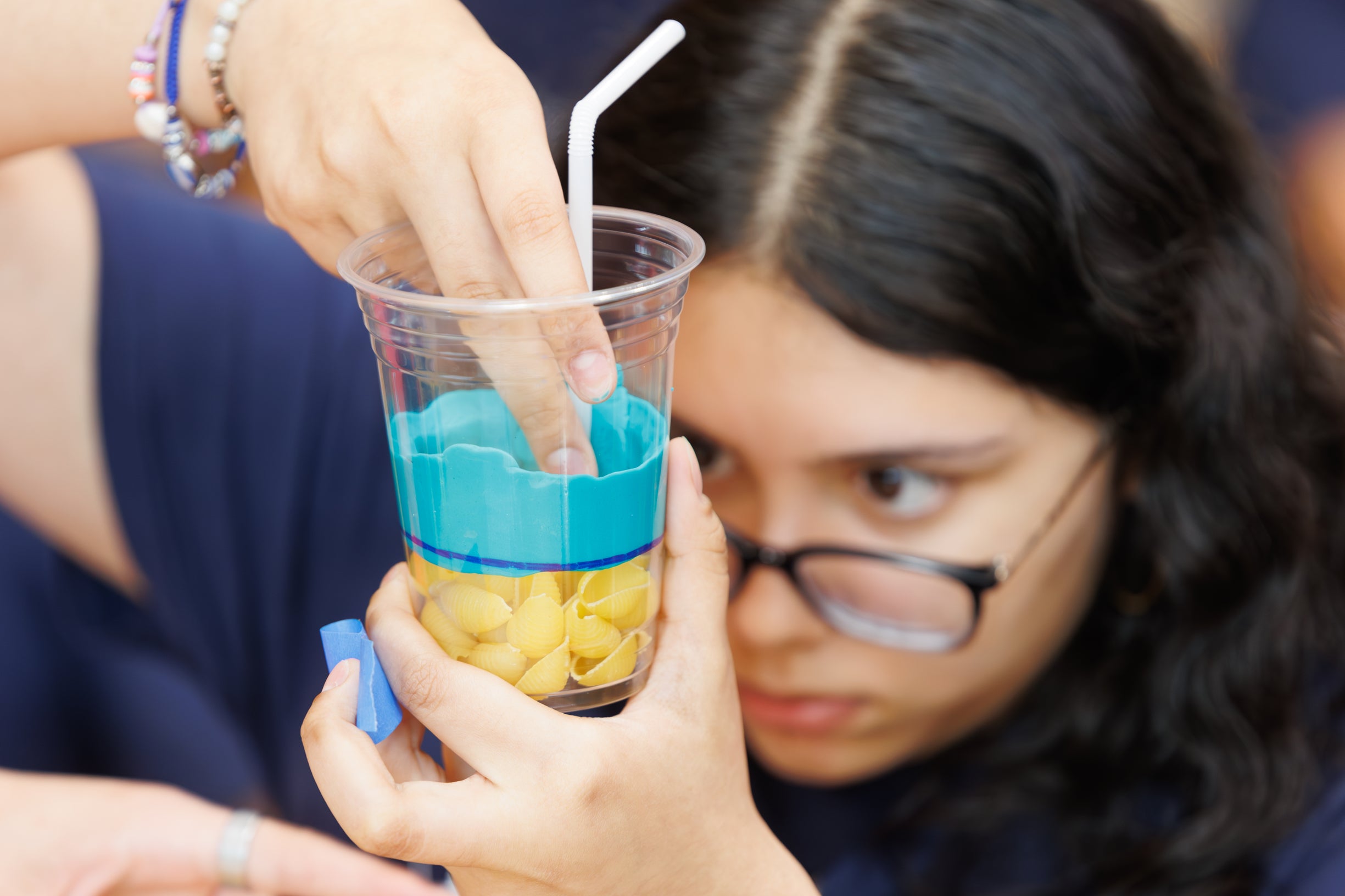
Students work in teams to design their model underground reservoir. This group used spiral pasta to represent porous rock, blue Play-Doh to represent nonporous rock. The green-colored water represents underground salt water.
Step 2: Test your reservoir
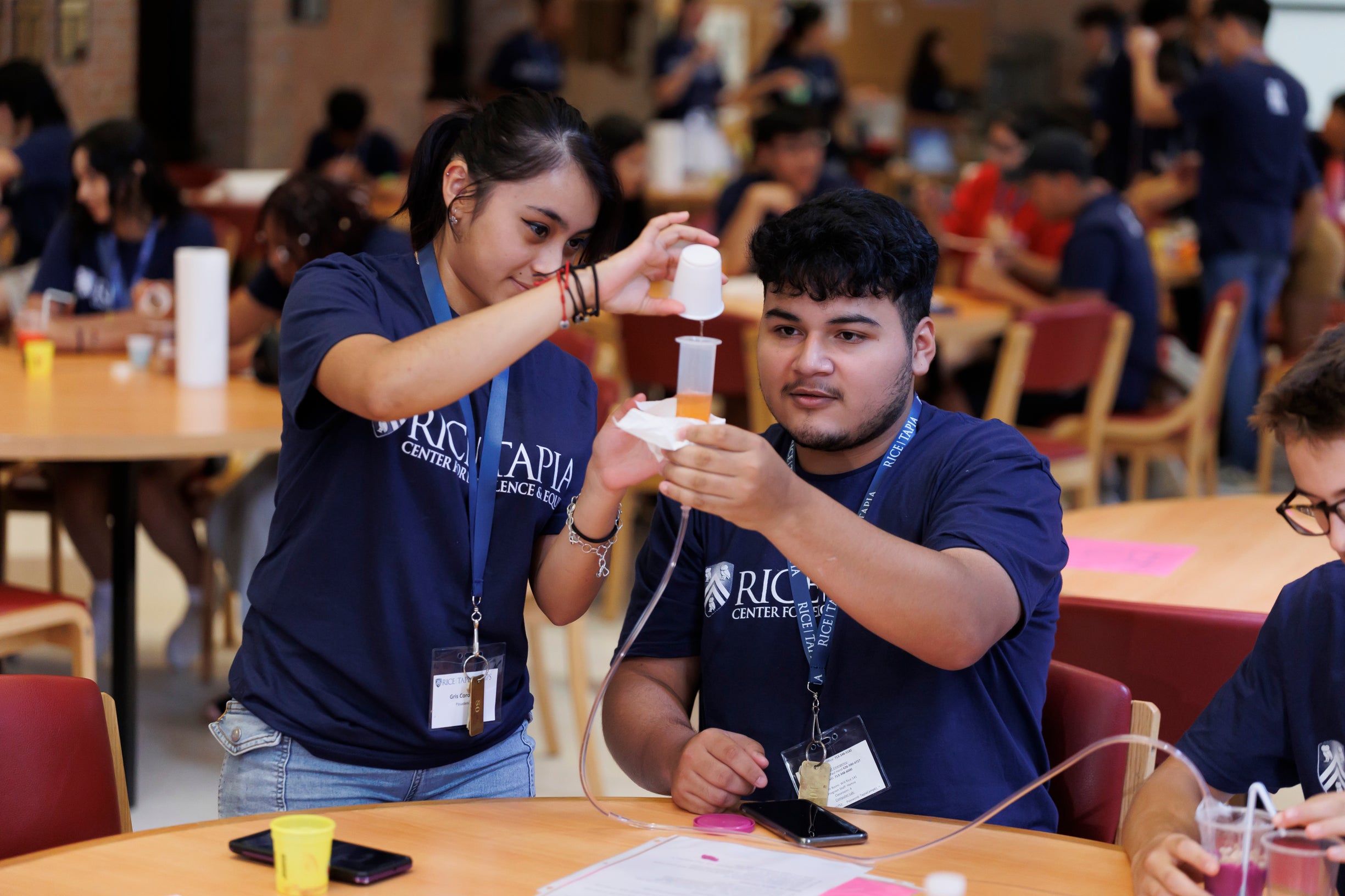
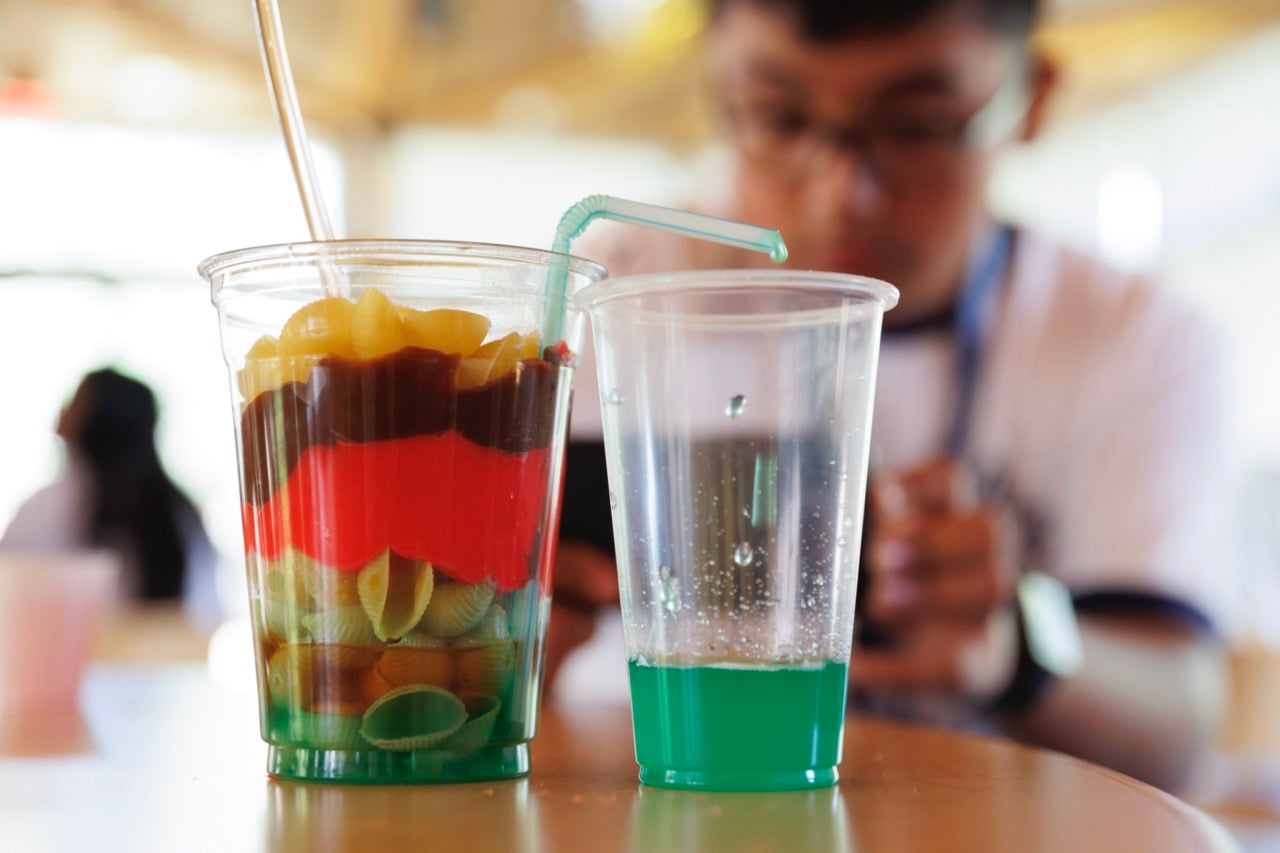
Students connect their reservoir to a syringe filled with orange-colored vegetable oil. Their task is to inject the vegetable oil and displace as much water as possible.
Step 3: Compete with classmates
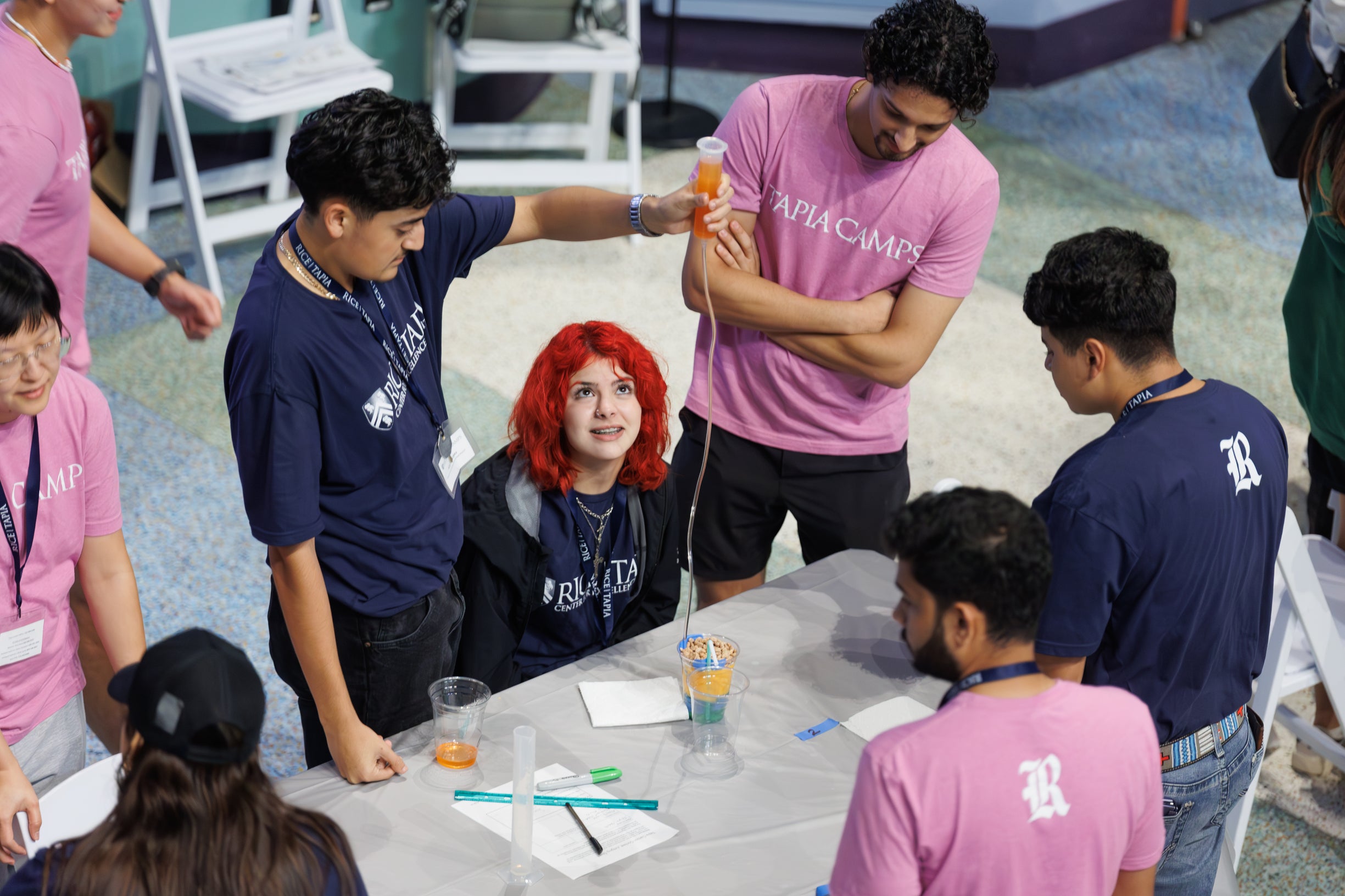
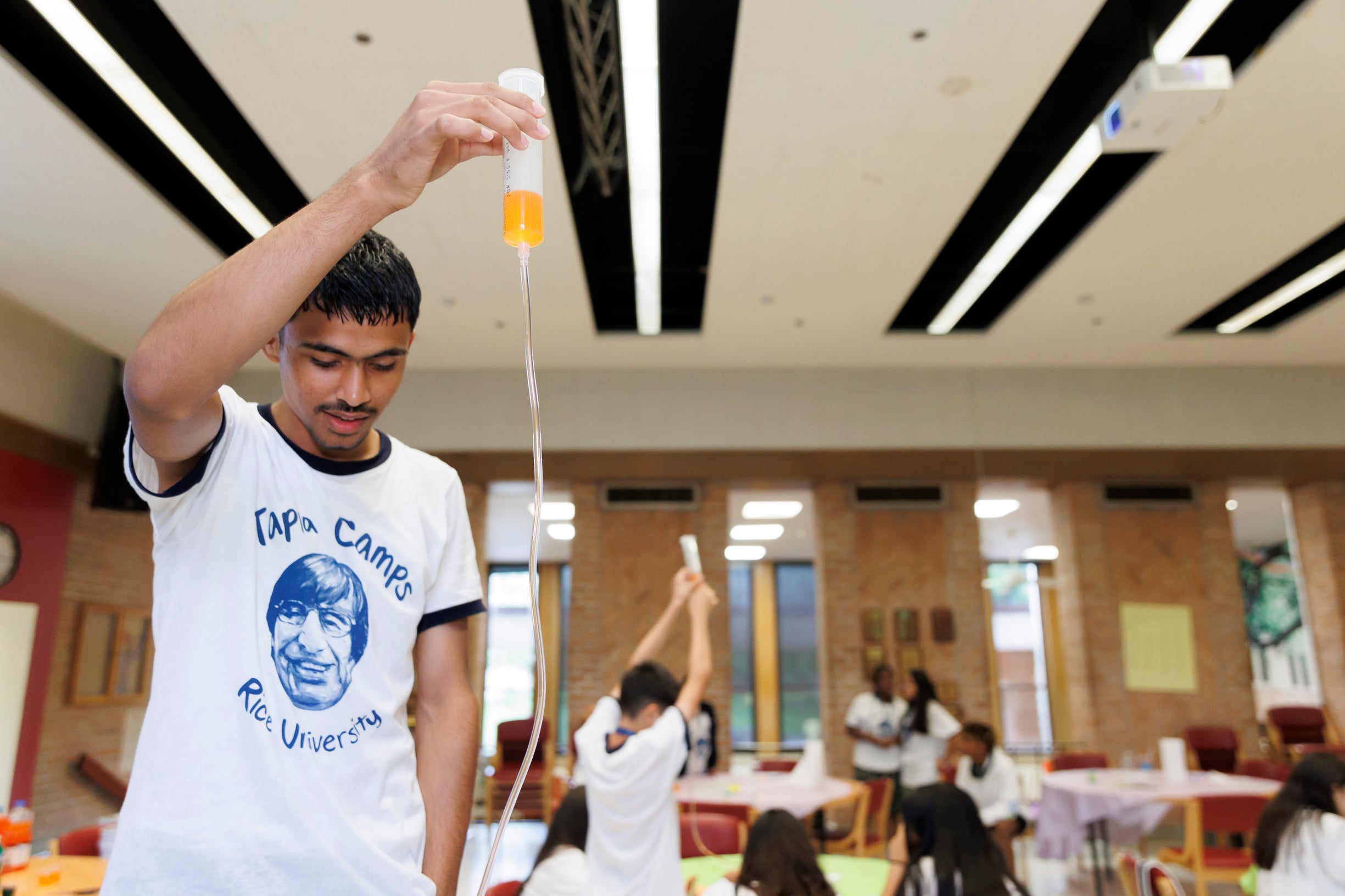
Students compete against their classmates for who can store the most carbon in their model reservoir. The winning group is the one that displaced the most water without having any leaks.
Step 4: Present what you learned
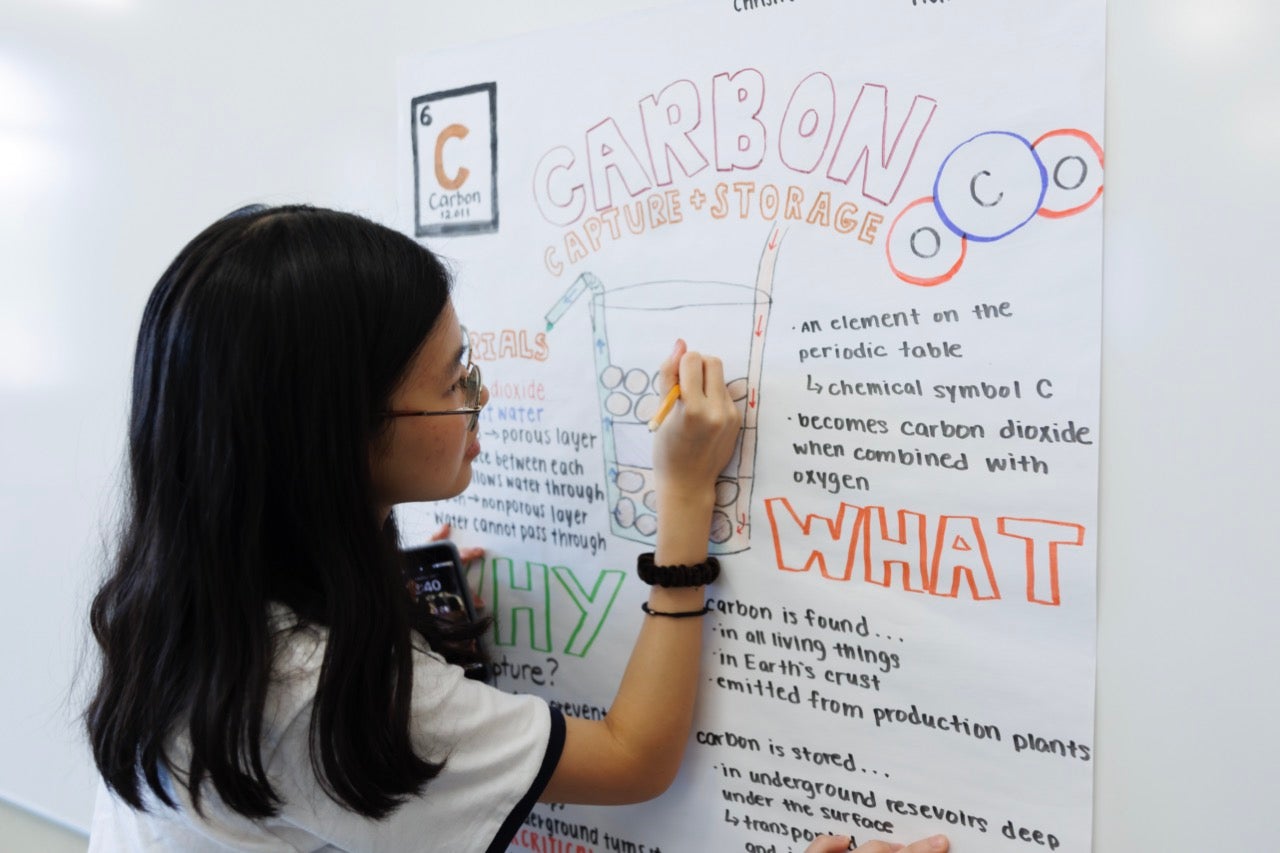
After the contest, students give a presentation about Carbon Capture and Storage, using their reservoir as an analogy.
Over 500 students have completed the Tapia Carbon Capture and Storage Project in 2023
Learning Goals
Students should be able to:
- explain what Carbon Dioxide is and where it comes from
- explain why Carbon Capture and Storage (CCS) is important
- explain how carbon can be stored in underground reservoirs using household materials as an analogy
- use ideas of volume, porosity, and phases of matter in their explanation
Project Details
The project develops skills in:
- mathematics, physics, chemistry, geology
- history, literacy, communication, and more
Duration: 6-10 hours
Intended audience: 6th-12th graders
Sample Materials:
- Play-Doh, vegetable oil, water, beans or pasta
Bring the Carbon Capture and Storage Project to Students:
If you are interested in bringing the CCS project to your school or are interested in donating funds to bring a greater understanding of CCS to students in the Texas and Louisiana region, please reach out to the Tapia Center. We offer professional development to prepare educators to implement the project in their classrooms or after-school settings. Please reach out to us at tapiacenter@rice.edu.
It helps me want to be an engineer more.
- Kalen, 2023 camp participant
About the author
Dr. Paul E. Hand is the Director of the Tapia Camps at Rice University. He is an associate professor of mathematics and computer science at Northeastern University, and was formerly an assistant professor of Computational and Applied Mathematics at Rice University. His research interests include machine learning and artificial intelligence. Dr. Hand leads development of the Tapia Camps curriculum.
Have more questions about the camps? Email us at tapiacenter@rice.edu, or call (713)-348-5182.

